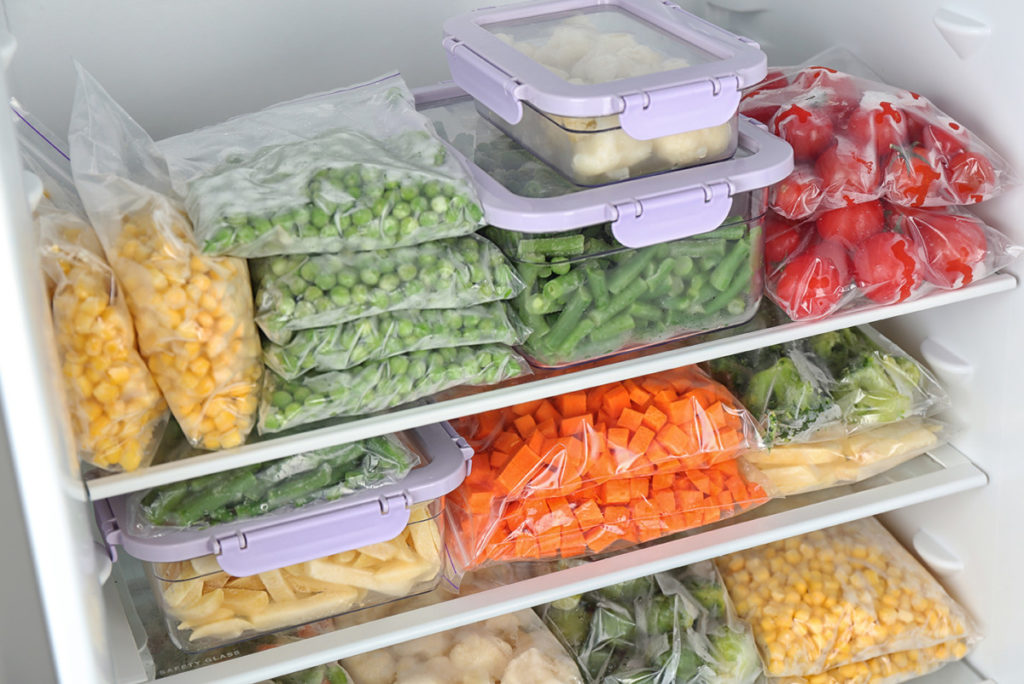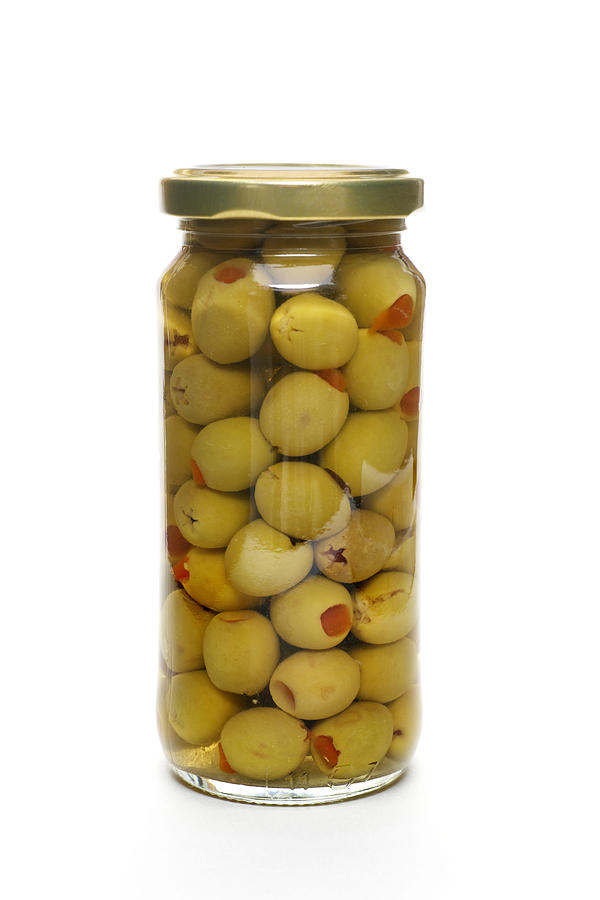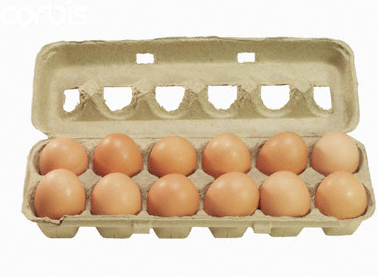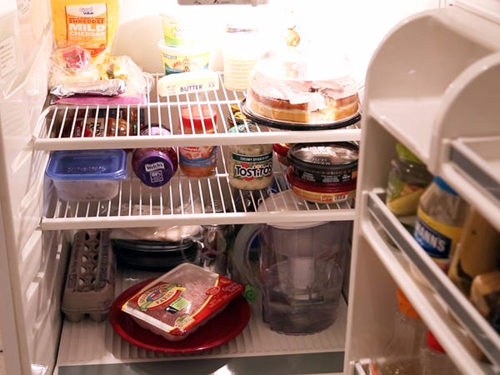Thursday April 16, 2020 ~ HEALTH SECTION
by Mary Brooke, B.Sc. ~ West Shore Voice News
Food preparation during the COVID-19 pandemic has been a renewed art form for may, as self-isolate at home. This throws many of us back into home-cooking, compared to times when we would have consumed convenience foods, brought home takeout on the way home from work, ordered in some pizza, or dined out at restaurants.
Throwing together a quick, nutritious meal requires a well-stocked kitchen. Many popular healthy foods are easily perishable and must be used within a few days, causing many home cooks to burn through their food stores quickly. But canned and frozen foods are equally nutritious, and of course last a lot longer.

Those ‘essential grocery shopping trips’ during COVID-19 are for refreshing your supplies of things like milk, fresh fruits and vegetables, eggs, dairy and perhaps meat or fish.
Public health officials suggest that those grocery runs be done once a week, or once every two weeks if you can stretch it that far. Wear a mask while shopping, and also gloves.
The long-lasting staples in your pantry, freezer, and fridge are the baseline for your self-isolation meal preparation. Nutritious meals and snacks are easy to do for many days and weeks, once you’re stocked up.
Do not dismiss the humble can of beans, a big bag of rice, or canned fruit. These are just a few of the components of some wonderful meals and snacks.
Here are some healthy staples to contribute for a great run of several weeks of healthy meals at home.

1. Dried and canned beans and lentils
Beans and lentils are important staples, providing carbohydrates, fibre, B-vitamins and some important minerals. Their amino acid content can provide complete protein when combined with rice, dairy or eggs. Dried and canned, beans and lentils have a long shelf life (two to five years for canned, up to 10 years for dried). Culinary tips: add beans, chickpeas, lentils, and kidney beans to chilies, soups, and salads.
2. Nuts, seeds, and their butters
Nuts and seeds provide healthy fats, protein, fiber, and various vitamins and minerals. Many nuts and seeds can be kept at room temperature for 1–4 months, especially if stored in jars or airtight containers. Culinary tips: add to oatmeal, yogurt, trail mix, and salads. Include raisins to make a trail mix snack.
Natural nut and seed butters are long lasting, healthy alternatives to their commercial counterparts, which typically contain added oils and sugar. Culinary tips: As well as being part of delicious sandwiches, add to smoothies, sauces or spread onto fruits or veggies for a quick, satisfying snack.
Grain-based salads, soups, and pilafs are versatile and convenient. Depending on the type, grains like brown rice, amaranth, oats, and quinoa can be kept safely at room temperature for months to years. Grains offer fiber and micronutrients, including B vitamins, manganese, and magnesium. Culinary tips: grains can be added to just about anything, which really stretches the grocery dollar and adds textural variety to standard meals.
4. Frozen fruit and vegetables

At any time, fresh fruits and vegetables are important components of a healthy diet.
During the COVID-19 pandemic, it’s helpful to have your freezer stocked up with fruits and veggies that are then available anytime for adding to yogurt, cereals, stir fries, and baking. Buy fresh and freeze your own (as the cheapest and most nutritious option), or buy frozen.
Sugar is not food. Sweeteners such as honey and maple syrup are smart alternatives with enjoyable flavour as well.
Vinegar is good as a cleaning product. Apple cider vinegar is also a flavorful addition to recipes like sauces, salad dressings, and baked goods.
Certain fats, including safflower, corn and olive oil, can be safely kept at room temperature for a year or more, depending on the type. Best to keep oils in a closed cupboard away from direct light and heat. Healthy fats add flavor to prepared foods and enhances the absorption of fat-soluble vitamins, minerals, and antioxidants from food.

Pickles and olives are delicious and versatile, and just plain fun. They can add zest to any salad plate or meal, and olives in particular offer healthy oils to the diet. They are long-lasting in the pantry (and in the fridge once opened).
To create tasty meals, a well-stocked spice rack is a delight. Spices and herbs are flavour enhancers and also contribute healing benefits. Fresh and dried herbs and spices can promote health in various ways. Turmeric, cayenne pepper, rosemary, cinnamon, ginger, oregano, and cumin all offer documented health benefits. Where you can, buy fresh and grind your own; if buying packaged, choose the non-irradiated products.
Garlic and onions keep well for long periods in the refrigerator and offer health benefits in meat and egg dishes in addition to their unique flavours and taste.
11. Potatoes and other hardy fruits and vegetables
The popular white or yellow potato and other hardy vegetables such as sweet potatoes, butternut squash, apples, beets, cabbage, spaghetti squash, rutabagas, pomegranate, carrots, and citrus fruits are just some examples of fruits and veggies that can keep for a few weeks or more when stored in the fridge or on the counter. During COVID-19, be sure to rinse off and scrub any vegetables that you plan to eat raw. Peel your apples before eating fresh, to remove the skin.

While fresh fish, meat, and poultry are highly perishable, frozen versions of these products can be available in your freezer for many months.
Chicken and meats such as beef will be safe for up to a year when kept frozen (below 0℉ or -17℃), while many types of fish can be stored in the freezer for a few months. A good supply of frozen poultry, meat and fish is good planning during a pandemic when you can’t go out on a moment’s notice to buy fresh.
For food safety, best to bake direct from frozen, or the thaw in the fridge first before using in a pan or stir fry.
Enjoyable and tasty — things like mustard, ketchup and relish – kind of like barbecue season. You’d be surprised how a little variable use of condiments can jazz up the same old meal.

Eggs offer a high quality of protein and many key nutrients (including iron) to the human diet. And they are so versatile! Boil, poach, scramble, mix into stir fries, make an omelete, and use in baking. They can last up to five weeks if properly refrigerated (which is handy during COVID-19).
Hard boiled eggs are great protein for a quick hunger moment. Make into egg salad with mayo and spices, and enjoy in a sandwich.
Not all eggs are created equal. Best pick for nutritional value and lack of added components (in the chicken’s feed) is range eggs, followed by free-run, and then your standard white eggs.
Yogurt can be used in a variety of ways in the kitchen. It can be enjoyed with berries, added to smoothies, added to veggie dishes, or used in sauces and soups.
Full fat yogurt (as compared to nonfat and reduced fat) is highly nutritious and contributes helpful bacteria to the human digestive tract.
Most yogurt can be kept for up to three weeks in the fridge (just watch the expiry date).
Topping up your pantry during COVID-19
As the public health recommendation is to ideally shop once every two weeks for groceries during the COVID-19 pandemic, it helps to start planning your grocery shopping trip at least three days before you head out to the store (wearing your mask and gloves of course).

Take stock of what is in your fridge and freezer for the key ingredients of your meals. Then also review the contents of your pantry for the staples like rice, beans, lentils, canned fruit and cereals, to see how low those supplies will last (you might get four to six weeks out of your pantry supply); remember to rotate the oldest products to the front and add fresh ones to the back after you return home from shopping.
Purchasing a few of the foods in every category on each trip, or every other trip, will ensure a full stocked kitchen throughout the pandemic.
Product safety during COVID-19
You may wish to wipe down all incoming products after returning home from the grocery store. A damp soapy paper towel should do the trick. Scrub under warm water any fruits or vegetables that you plan to eat fresh (or peel them). Wash your hands frequently during all of this, and afterward.
========= About the writer:
Mary Brooke has a B.Sc. in nutrition, including a strong component of community education and understanding people’s food behaviours (she raised four children!). She is an advocate of ‘optimal nutrition’ (best choices of foods and supplementation) and supports the choice of natural foods over packaged and processed.



